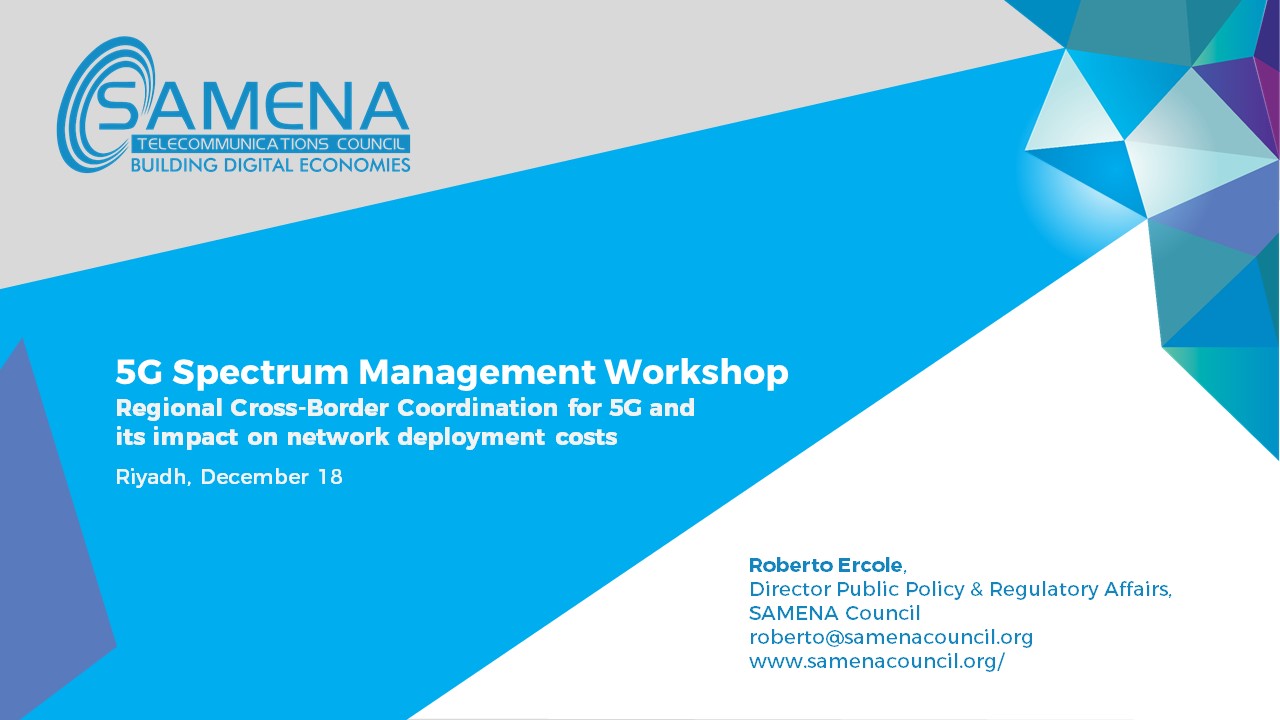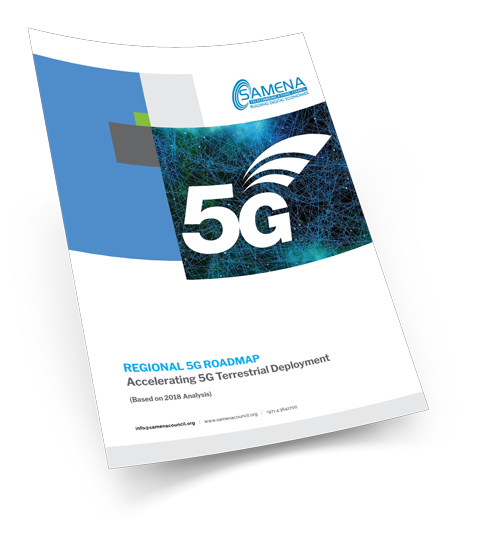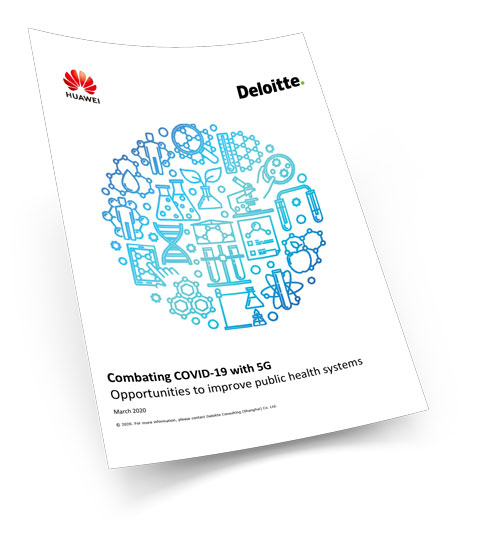5G Development
Spectrum availability is a key challenge area for the success of 5G deployment. It is important that the frequency bands needed for 5G be made available promptly to Mobile Operators. Regulators need to start offering the required and desired 5G spectrum as the main building block for kicking off the 5G deployment. It is important to provide the spectrum that satisfies the need to deliver whatever is expected from 5G from the operators or other key verticals such as transport and health. Moreover, Governments can provide the much-needed incentive to deploy 5G by giving more spectrum at reasonable price and by taking into account the 5G deployment costs; the costlier the 5G deployment the more difficult it is for the society to benefit from 5G services with affordability.
SAMENA Response to TRA Bahrain Consultation on “Award of 800 and 2600 MHz Bands” (TOD/0818/006)
 View
View
The benefits of 5G come at a high price for the industry due to new spectrum needs and an altogether new infrastructure. The success of 5G is therefore going to be dependent on operators and their wholesale partners developing new markets that look beyond traditional consumers of mobile services. It may start with higher capacity for today’s video content services. To no surprise, 5G and its promises are already creating huge expectations. Most consumers expect speed and coverage improvements from 5G. This is because globally only half of all smartphone users say that their current network performance expectations have been met and we may initially see that 5G performance would be judged by these expectations.
The key focus now is on new mobile bands, including spectrum in the 3.5 GHz range (i.e., 3.3-3.8 GHz) that has been assigned in numerous countries. Several countries plan to use spectrum in the 4.5-5 GHz range for 5G, including China and Japan, and a growing number of countries are considering the 3.8-4.2 GHz range.
5G Spectrum Management Workshop
Regional Cross-Border Coordination for 5G and its impact on network deployment costs
 Download
Download
The fastest 5G speeds will also need millimetre wave bands above 24 GHz (starting at 24–28 GHz and 39 GHz in the U.S). A sufficient amount of harmonized 5G spectrum in these bands is vital to enable the fastest 5G speeds, low cost devices, international roaming and to minimize cross-border interference. Initial 5G deployments will, nonetheless, use frequencies below 6 GHz. The short range from these frequencies will require many so-called “small cells” located on light poles, buildings, utility poles, or wherever they can be mounted.
SAMENA Council feels that spectrum-related EMF issue, without which no discussion of 5G is complete, needs to be delved into by competent global bodies, having the expertise to conduct meaningful and conclusive research on this front.
Governments and regulators hold the key to realizing the full potential of 5G when they agree new mobile bands above 24 GHz at the upcoming WRC-19 Conference in Egypt, during which SAMENA Council will also be participating.




